Mechanisms of Injury
1/30
There's no tags or description
Looks like no tags are added yet.
Name | Mastery | Learn | Test | Matching | Spaced |
|---|
No study sessions yet.
31 Terms
Mechanical Injury
A force placed on part of the body resulting in the changing of the function or structure.
Compression
A force that, with enough energy, crushes tissue.
Tension
A force that pulls or stretches the tissue.
Bending
Compression and tension forces applied together upon a structure.
Shearing
A force that moves parallel with the tissue.
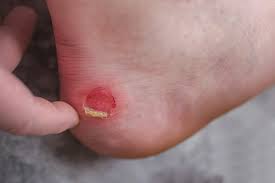
Blister
A collection of fluid below or within the top layer of skin.
Bruise
Bleeding under the skin.
Puncture
Penetration by a sharp object.
Avulsion
Tissue is ripped from its source.
Abrasion
Surface layer of skin is scraped off.
Laceration
A jagged cut.
Incision
A straight/sharp cut.
Muscle Strains
All strains and sprains are graded on a 3-tier scale.
Grade 1 Strain
Mild strain with local pain and little bruising, little to no loss of strength or motion.
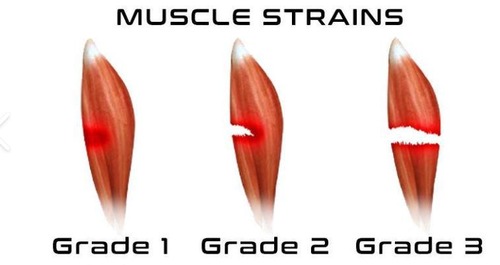
Grade 2 Strain
Moderate strain with moderate pain, bruising, swelling, and impaired muscle function.
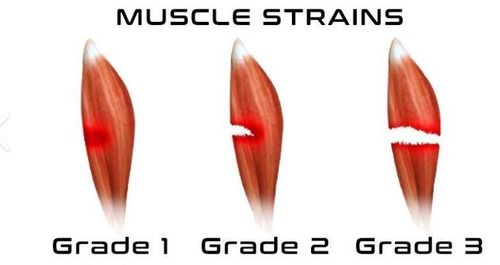
Grade 3 Strain
Severe strain with loss of muscle function and palpable defect.
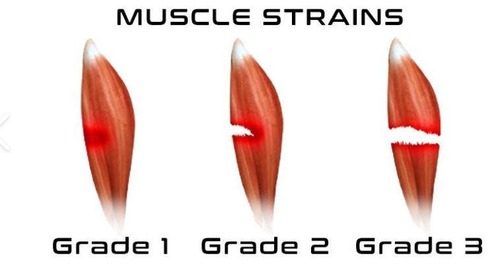
Cramp
A painful involuntary contraction of a skeletal muscle or muscle group.
Spasm
Reflex reaction caused by trauma.
Acute Onset Muscle Soreness
Occurs right away after exercise.
Delayed Onset Muscle Soreness (DOMS)
Occurs 48-72 hours after exercise, caused by microtears in the muscle.
Chronic Muscle Injuries
Long-term injuries caused by the wearing away of a structure or repeated acute injuries.
Tendons
Joins a muscle to bone and are actually 2x the strength of the muscle they serve (strain)
Ligaments
Joins a bone to bone and usually tear at the ends. (sprain)
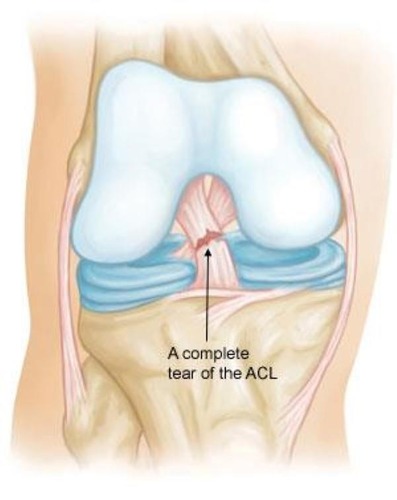
Cartilage
The shock absorber between two bones.
Fractures
Types of injuries related to bones.
Dislocation (joint)
An injury where bones are forced out of their normal position.
Subluxation (joint)
A partial dislocation of a joint.
Fractures
(bone)
contusion
bruising of the muscle
muscle
Soreness, strains (degrees 1-3)
Ligaments
Sprains (degrees 1-3)